A short but highly detailed documentary by [Krzysztof Tyszecki] explores the split-flap display system in place at the Łódź Kaliska train station in Poland as well as the efforts needed by the staff to keep it running and useful to this day. Split-flap displays might be old technology, but many are still in use throughout the world. But even by those standards, the unit at Łódź Kaliska is a relic you wouldn’t expect to see outside a museum. “I doubt you’ll find an original anywhere else,” says a staff member. It requires constant upkeep to remain operational, and meeting the changing demands of a modern station within the limitations of the original system takes some cleverness. “In general the failure rate of the device is terrible,” he adds.
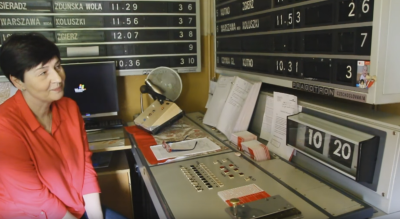 The system runs on punch cards. You can’t buy them anymore, so a local printer makes them – several hundred are needed every time there is a schedule change. The punching pliers (which also can no longer be purchased) get so worn out they replace the pins with custom-made ones from a local locksmith. The moving parts of the card reader have split-pins which need to be replaced every week or two – the stress of repeated movement simply wears them away. There’s nothing to do but replace them regularly. The assembly needs regular cleaning since dust accumulates on the cards and gets into the whole assembly. The list goes on… and so does the station.
The system runs on punch cards. You can’t buy them anymore, so a local printer makes them – several hundred are needed every time there is a schedule change. The punching pliers (which also can no longer be purchased) get so worn out they replace the pins with custom-made ones from a local locksmith. The moving parts of the card reader have split-pins which need to be replaced every week or two – the stress of repeated movement simply wears them away. There’s nothing to do but replace them regularly. The assembly needs regular cleaning since dust accumulates on the cards and gets into the whole assembly. The list goes on… and so does the station.
There is no computation in the modern sense – it’s an electromechanical signing system managed and updated by human operators. It has more in common with a crossbar switch based telephone exchange than anything else. The punch cards are just a means of quickly, accurately, and repeatedly setting the displays to known states.
The short documentary goes into a lot of detail about every part of the system. The cards themselves are described in detail (1:07), as is the operator’s routine (2:27). We even see the back end controller (9:41), as well as see a split-flap module taken apart and tested (14:33) with an old tester the staffer isn’t sure will even work – but as with everything else we see, of course it does.
Split-flap displays are fascinating pieces of technology. We have even seen people build their own split-flap displays from scratch!
Continue reading “Split-flap Train Display Uses Punch Cards; Serviced With Station Ingenuity” →


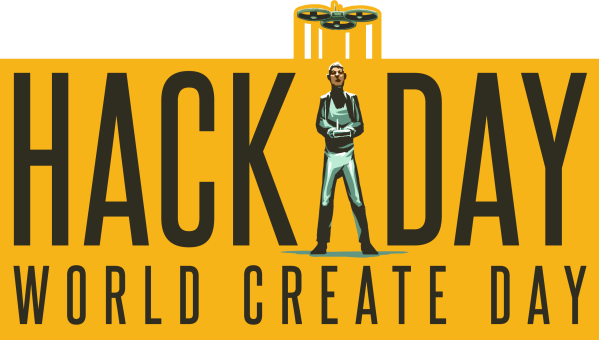
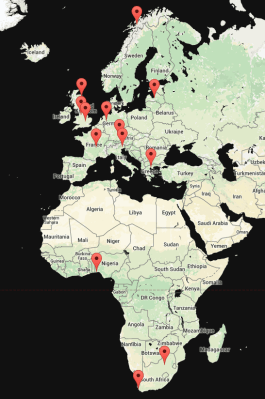




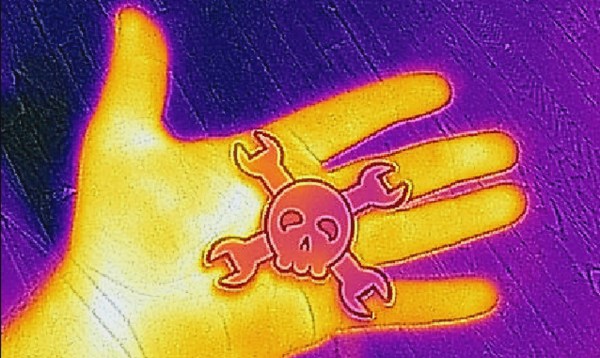
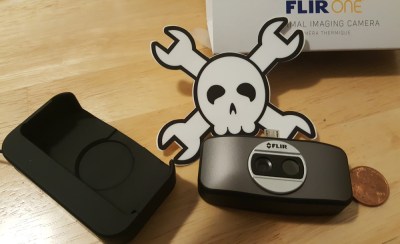 A few things have changed since then. You can buy Lepton modules in single quantity at
A few things have changed since then. You can buy Lepton modules in single quantity at 




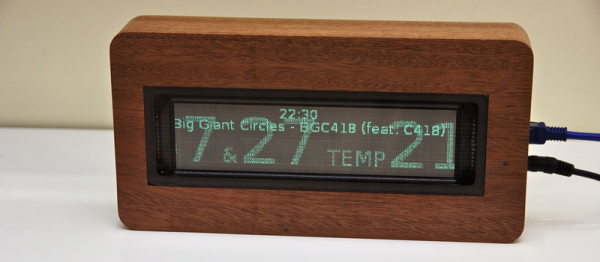
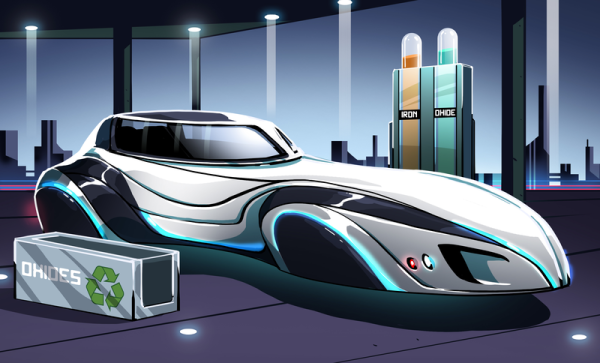

 The system runs on punch cards. You can’t buy them anymore, so a local printer makes them – several hundred are needed every time there is a schedule change. The punching pliers (which also can no longer be purchased) get so worn out they replace the pins with custom-made ones from a local locksmith. The moving parts of the card reader have split-pins which need to be replaced every week or two – the stress of repeated movement simply wears them away. There’s nothing to do but replace them regularly. The assembly needs regular cleaning since dust accumulates on the cards and gets into the whole assembly. The list goes on… and so does the station.
The system runs on punch cards. You can’t buy them anymore, so a local printer makes them – several hundred are needed every time there is a schedule change. The punching pliers (which also can no longer be purchased) get so worn out they replace the pins with custom-made ones from a local locksmith. The moving parts of the card reader have split-pins which need to be replaced every week or two – the stress of repeated movement simply wears them away. There’s nothing to do but replace them regularly. The assembly needs regular cleaning since dust accumulates on the cards and gets into the whole assembly. The list goes on… and so does the station.








